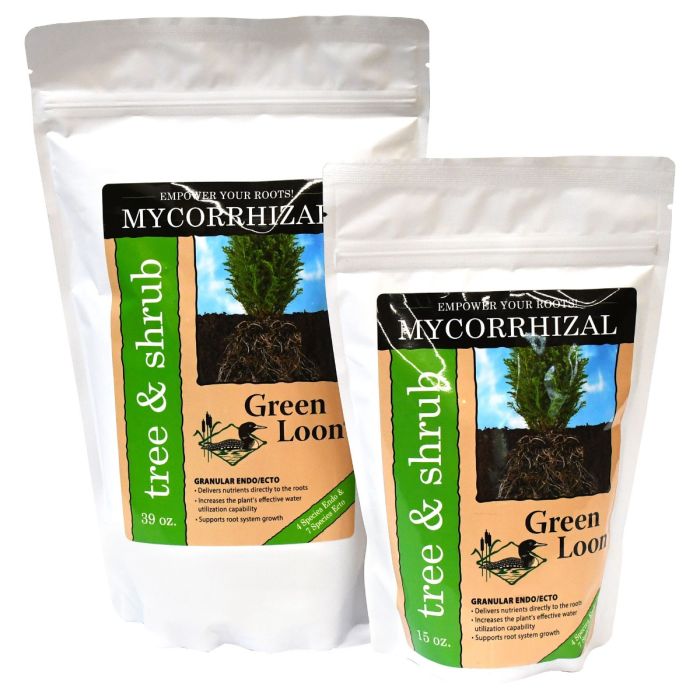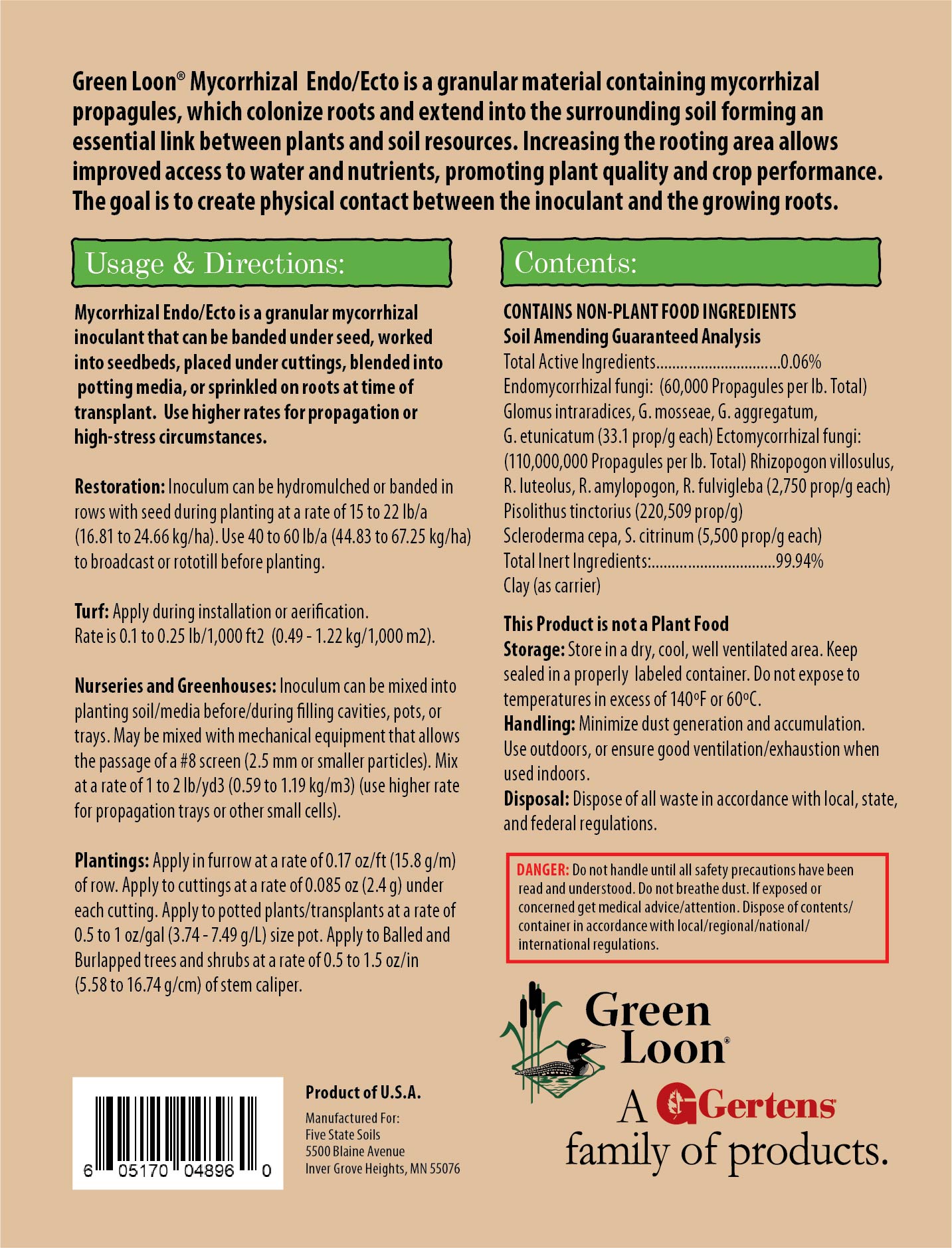THE GARDEN SCOOP: All Soils Are Not Equal
Is there a difference between soil mix for your houseplants, potted annuals, vegetables and herbs? This Garden Scoop discusses the differences between soil types!

Green Loon®Tree and Shrub containsmycorrhizaeon a natural medium coarse granulated carrier (vermiculite, perlite and peat) efficient on both broad-leaf trees and evergreens. It contains no chemical additives.
Achieve a lush, vibrant garden with the help of Gertens wide selection of fertilizers! Whether you're tending to your lawn, plants, flowers, or vegetables, proper fertilization is key to promoting healthy growth and abundant blooms. Trust Gertens to provide the nutrients your garden craves, ensuring your outdoor oasis thrives throughout the season.
Green Loon® Tree and Shrub contains mycorrhizae on a natural medium coarse granulated carrier (vermiculite, perlite and peat) efficient on both broad-leaf trees and evergreens. It contains no chemical additives.
Benefits of using mycorrhizae:
How to use mycorrhizae:
Mycorrhizal fungi have occurred naturally in the soil for 400 million years. They form a close symbiotic relationship with plant roots. They are called mycorrhizae (from the Greek "mukés", meaning fungus, and "rhiza," meaning roots). However, in most soils that have been disturbed by residential construction, or intensive cropping practices with applications of fertilizers containing pesticides and other chemical products, the mycorrhizae content has considerably diminished, and has become insufficient to significantly enhance plant growth. When mycorrhizal fungi colonize the plant's root system, they create a network that increases the plant's capacity to absorb more water and nutrients such as phosphorus, copper and zinc. This process in turn enhances growth and favors rapid development of roots and plants.
Note: Blueberries and rhododendrons cannot be colonized by the fungus in Green Loon® Tree and Shrub.
15 oz treats
24-1 gallon Perennials
39 oz treats
32-1 gallon Perennials

| Safe to Use On | Shrubs, Trees |
|---|---|
| Fertilizer Composition | Granular |
| Brand | Green Loon |